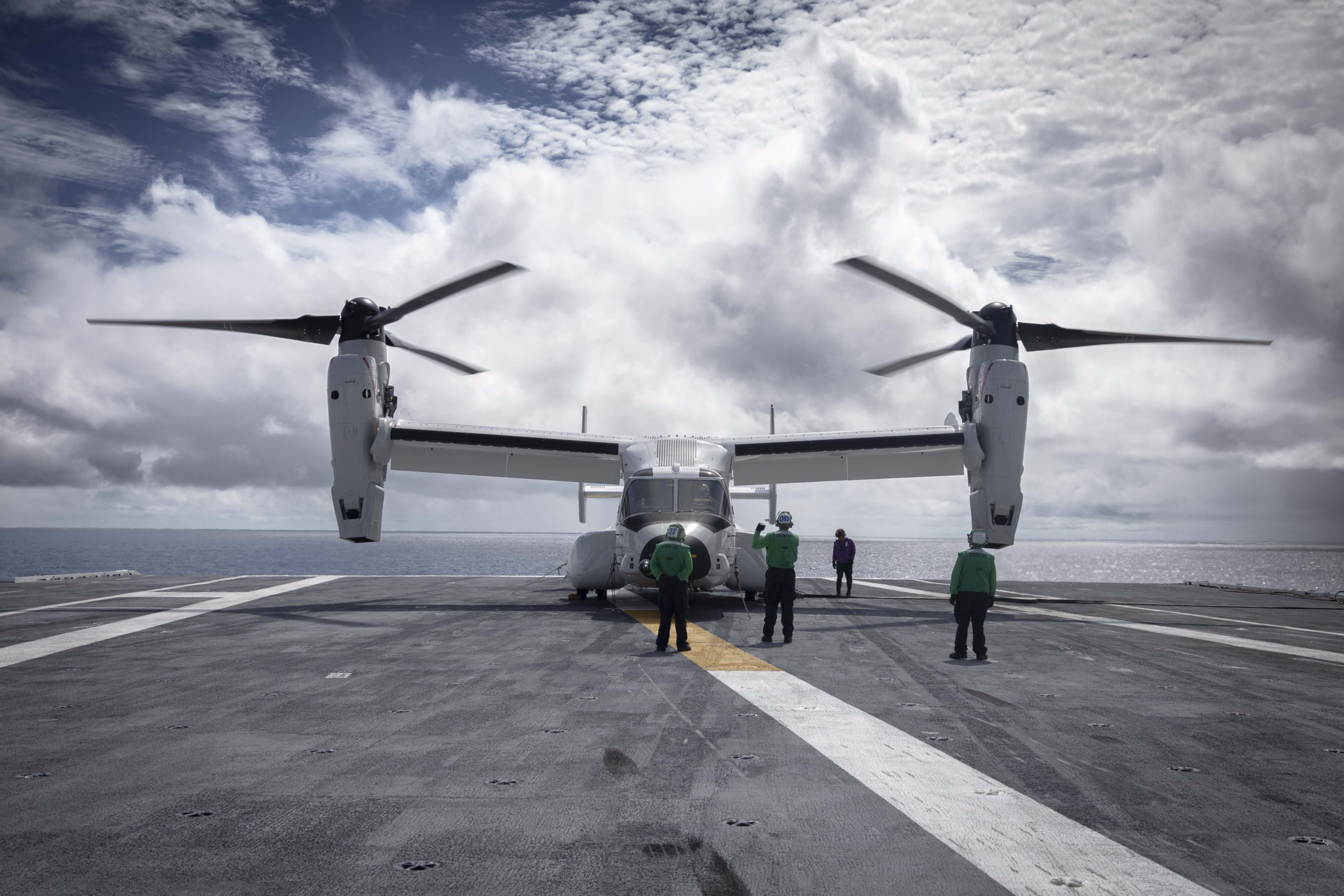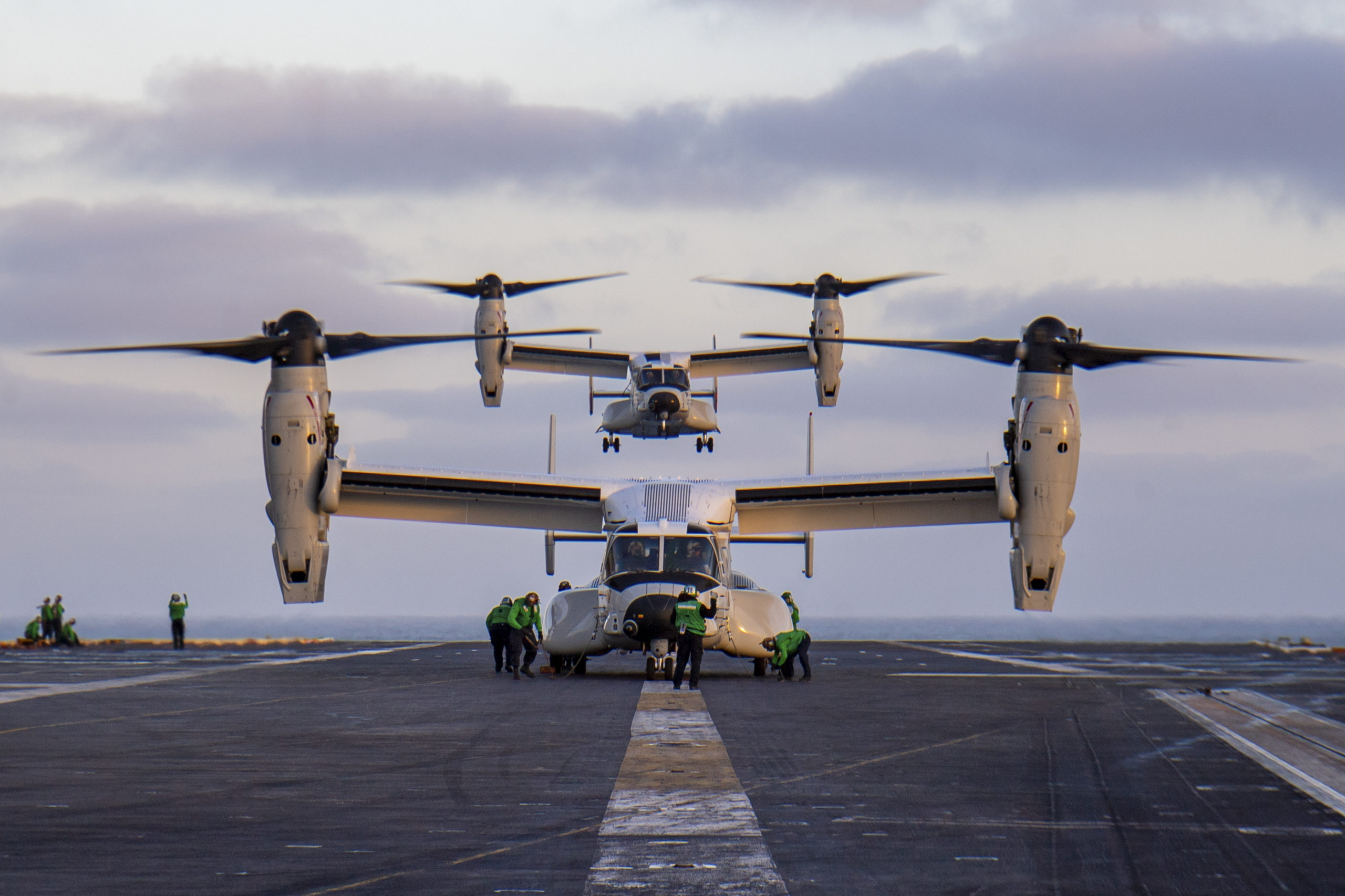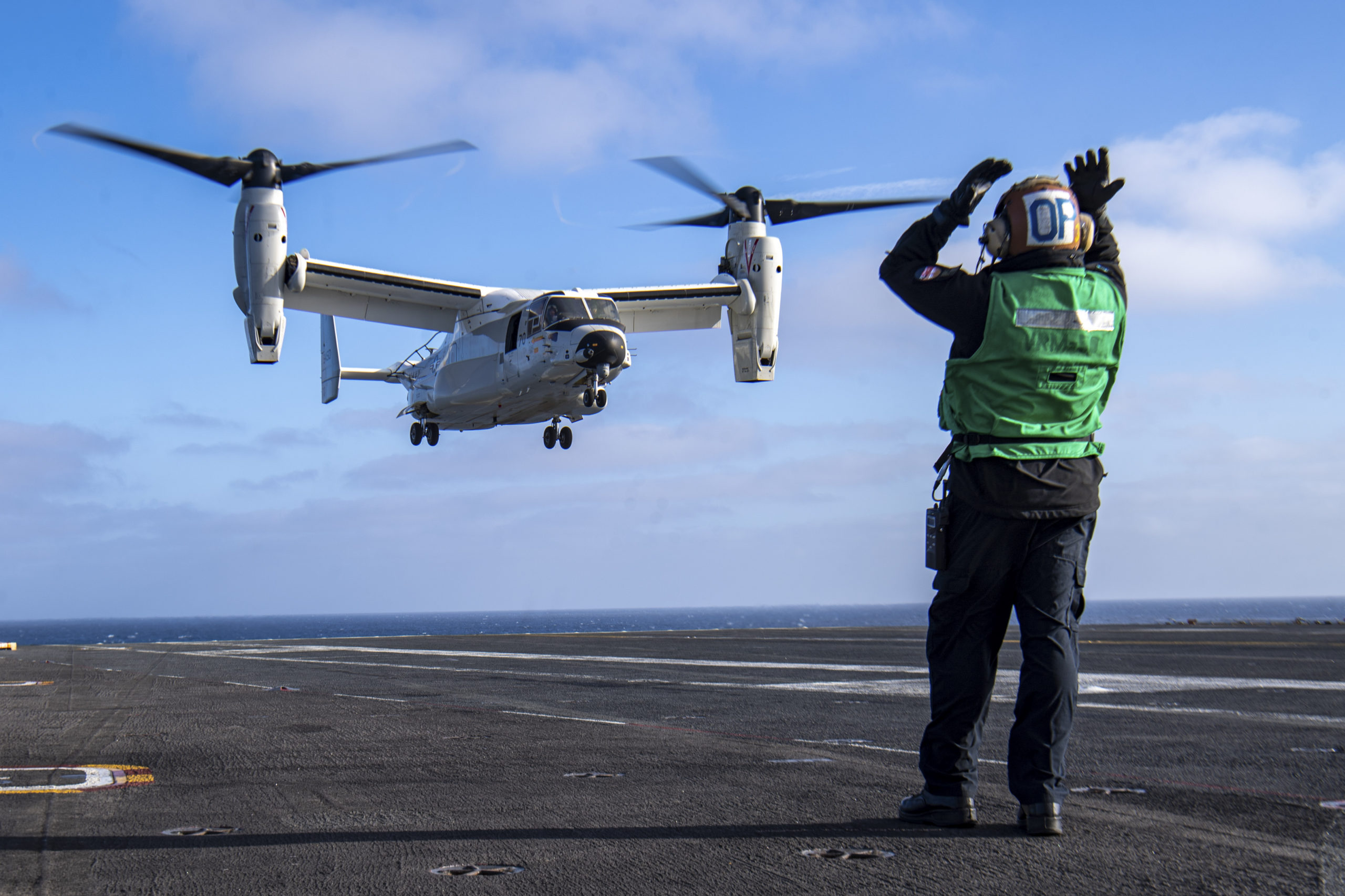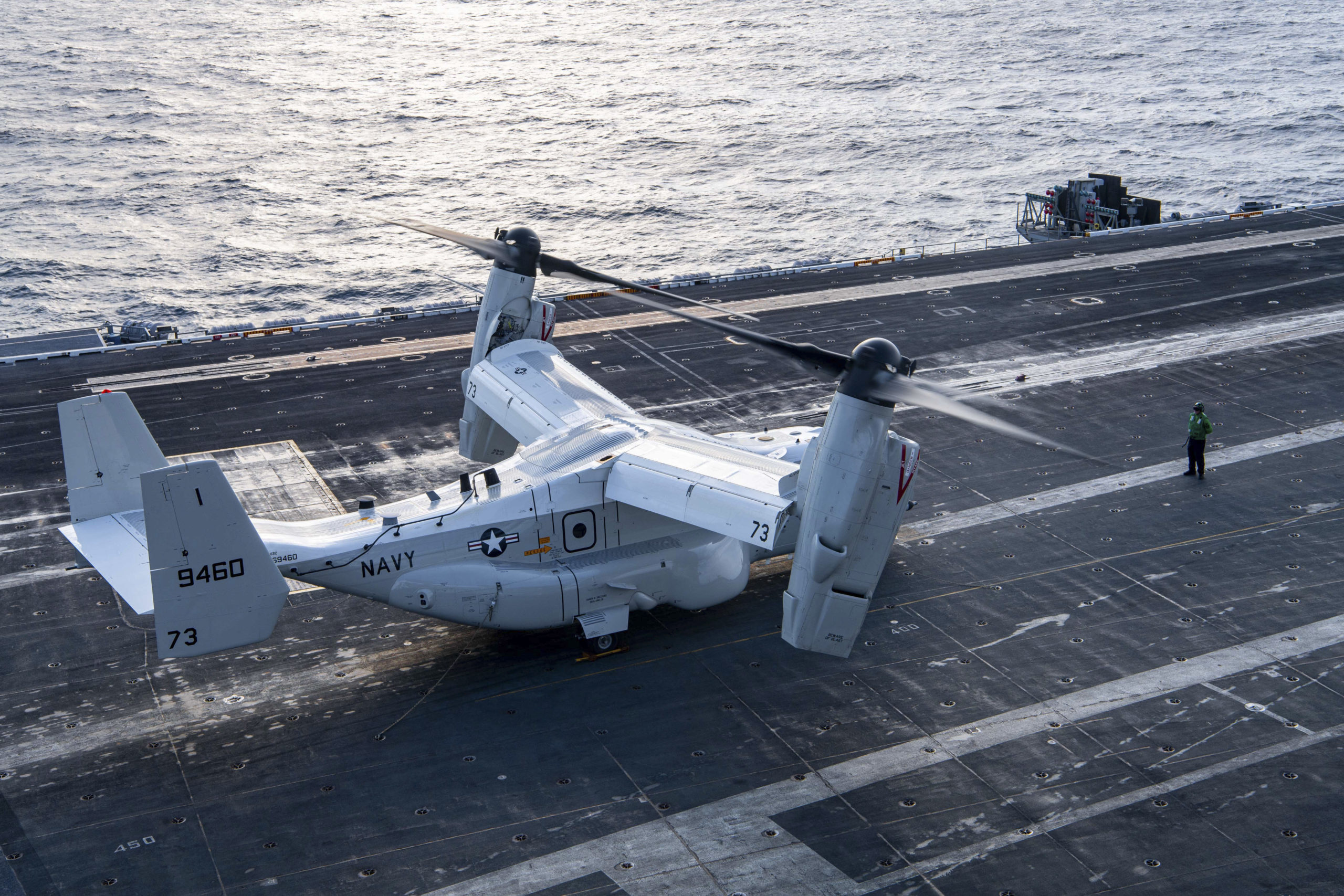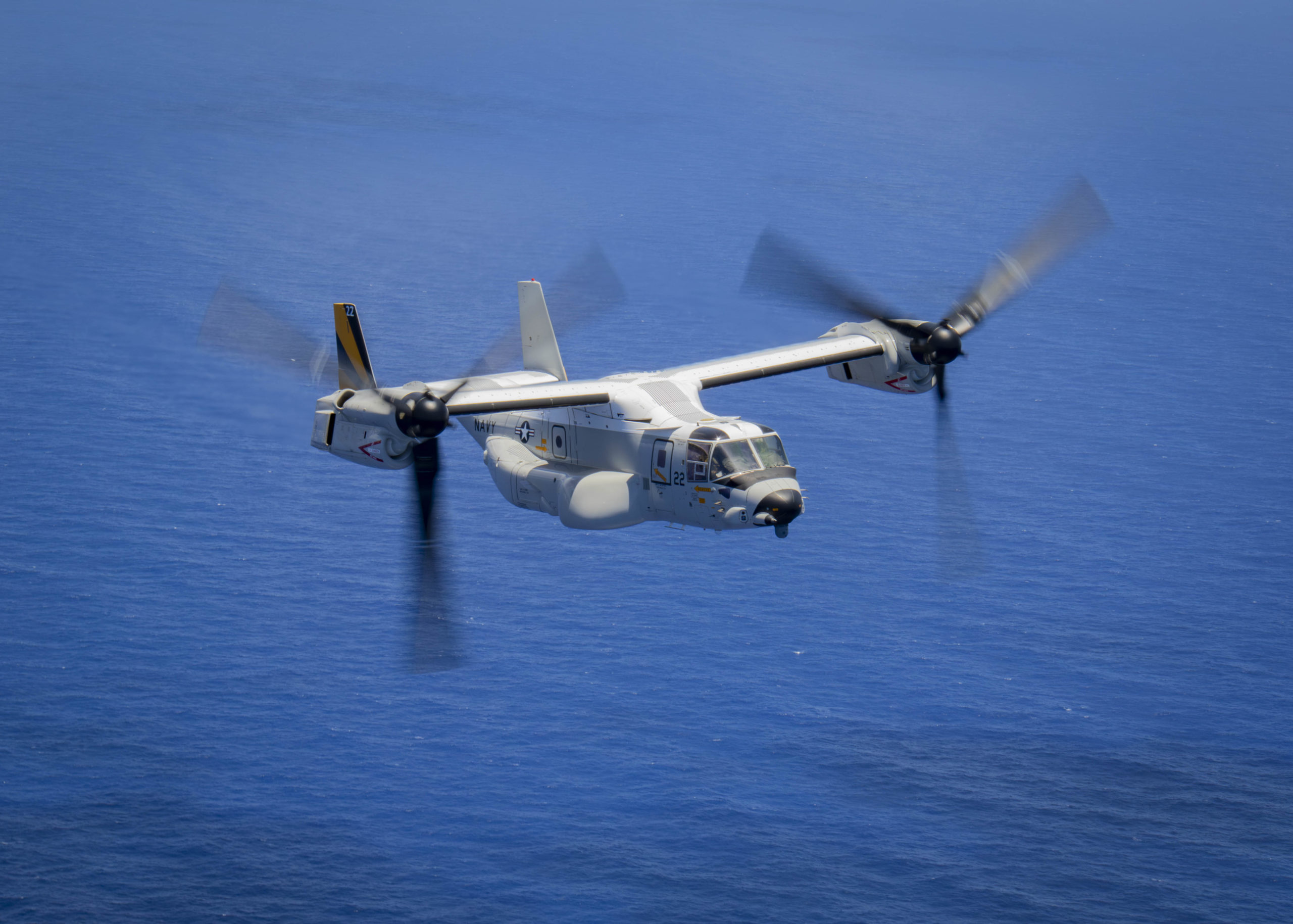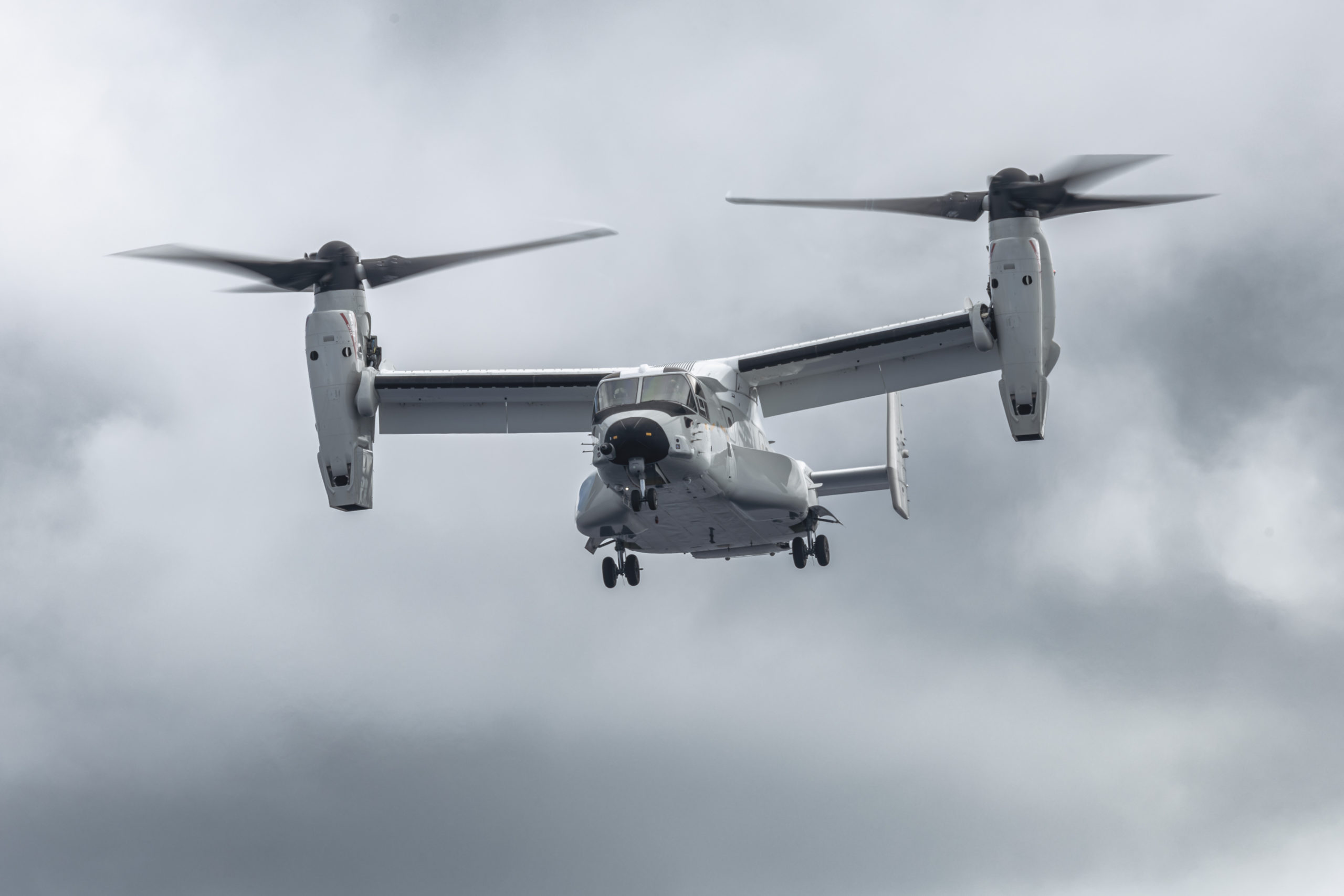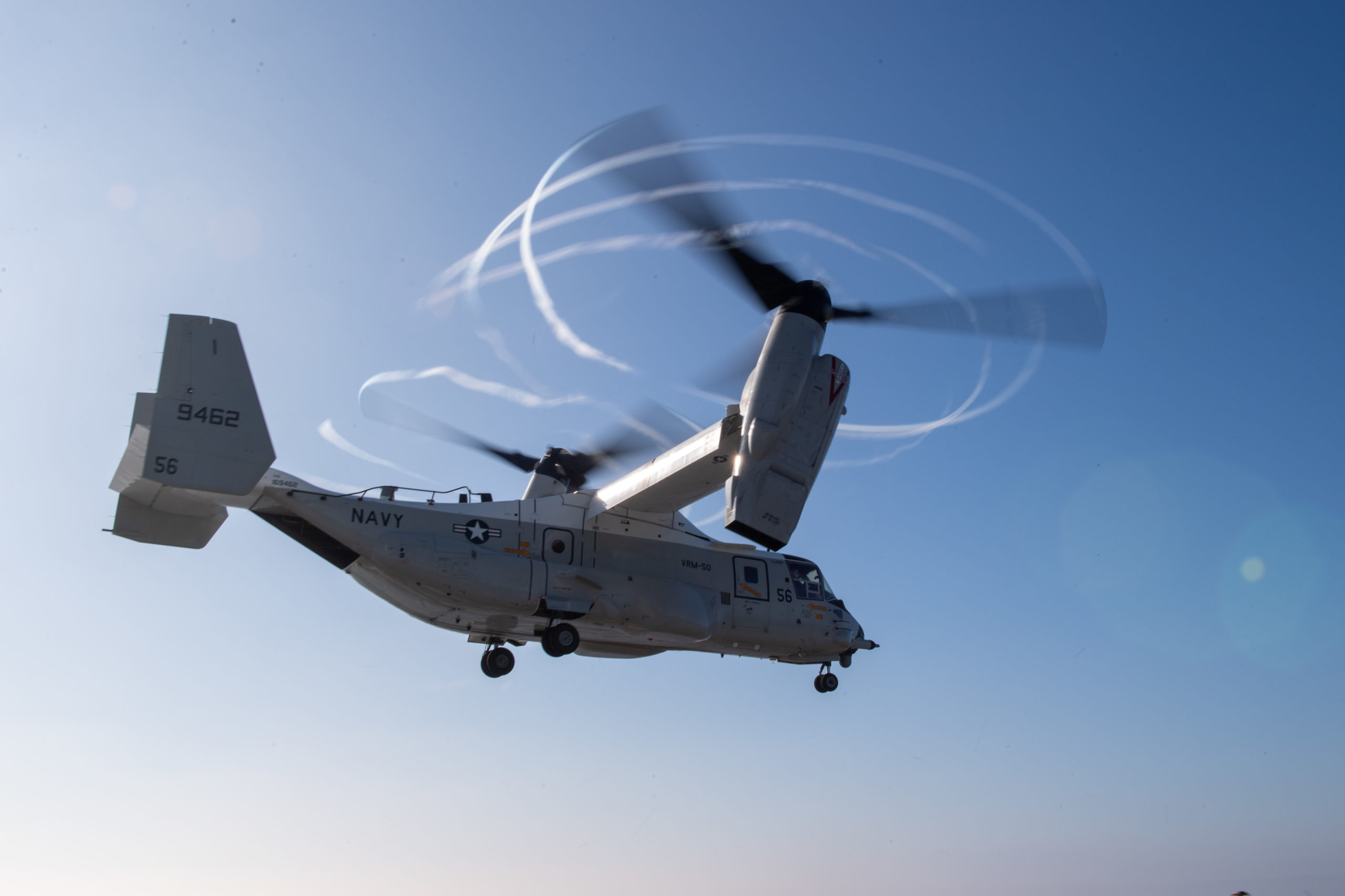By Lt. General (Retired) David Deptula
Leadership is more than a title — it is a calling. Few have answered that call with the depth of dedication, intellect, and vision that Michael Wynne demonstrated as the 21st Secretary of the United States Air Force.
Wynne led with an unwavering commitment to innovation, modernization, and the men and women in uniform who keep our nation safe. His tenure was marked by transformative efforts to ensure the Air Force remained at the forefront of global security, from advocating for advanced air, space and cyber capabilities to emphasizing the integration of cutting-edge technologies into military operations.
Over the years in one capacity or another I have worked for or with every secretary of the Air Force since being a member of Secretary Don Rice’s policy group in 1989. Mike Wynne was a standout.
During his final days in office, faced with all the challenges and concerns of being relieved, and in the face of potential negative personal consequences I remember being called by Secretary Wynne’s and he asking me if I would be willing to engage on a particular topical issue of importance and follow through with it.
His focus at that time was not himself—it was on what was in the best interest of the nation’s defense. This is just one example of many others that Robbin Laird reveals in this book that does a great service to history by yielding insights into the impact of Air Force Secretary Mike Wynne.
I had the good fortune to first get to know Secretary Wynne while serving as the first three-star general leading the Air Force’s enterprise consolidating intelligence, surveillance, and reconnaissance (ISR). In that role I worked hard to get the Department of Defense to expand their understanding that fifth generation aircraft like the F-22 and F-35 were more than simply weapon platforms—they are advanced sensors that could employ lethal or non-lethal effects in a timely and optimal fashion because of their sensor capabilities. Secretary Wynne championed this perspective.
He encouraged innovation, he fought for what was needed to achieve effective deterrence for America and fight to win if necessary. He foresaw what Secretary of Defense Bob Gates did not— a future where China became a peer adversary.
Accordingly, Secretary Wynne advocated for advanced bombers, fifth generation fighters, and laid the groundwork for dedicated cyber operations as powerful tools in the Air Force’s arsenal of capabilities to achieve desired effects. He applied airpower solutions to the exigencies of the time — the counterinsurgencies in Iraq and Afghanistan — embracing increased application of remotely piloted aircraft.
Chief of Staff T. Michael “Buzz” Moseley was a “hand-in-glove” partner with Secretary Wynne as they saw eye-to-eye on the crucial issues facing the nation and the Air Force. Indeed, this may be why they were both sacked by Gates simultaneously.
In doing this Secretary Gates’ action negatively changed the character of the Air Force — and to a degree —the entire United States military.
Specifically, the message sent to every member of the armed forces by firing Secretary Wynne and Chief Moseley was, “you better not speak truth to power, because if you do—and ‘power’ does not like it—your service (and career) will be terminated.”
This outcome has shaped a generation of uniformed leadership whose over-arching motivation became, “going along to get along,” avoiding confrontation, and embracing a distorted and improper belief of jointness that is based on consensus, congeniality, and a notion of using every force, every place, all the time, instead of using the right force at the right place at the right time.
I was fortunate to be at his retirement ceremony at the base of the Air Force Memorial on Jun 20, 2008, when with class, style, and great distinction, Mike Wynne spoke truth to the power who removed him, Defense Secretary Bob Gates.
But Wynne’s contributions to national defense and aerospace leadership stretch far beyond his years as Secretary. A graduate of the United States Military Academy at West Point, he brought a distinguished blend of military service, business acumen, and strategic foresight to every role he undertook. Whether as an officer in the U.S. Army, a defense industry executive, or a senior leader in the Department of Defense, his vision was always centered on strengthening American air and space power.
Robbin Laird’s biography of Secretary Wynne offers an in-depth look at the man behind the mission. It explores the challenges he faced, and the impact he made — not just on policy and technology, but on the lives of those he served alongside. Through his story, readers will gain insight into the complexities of modern defense leadership and the enduring importance of innovation and perseverance in the ever-evolving landscape of national security.
Mike Wynne’s legacy is one of service, determination, and transformation. His journey is one that inspires, educates, and reminds us that true leadership is about preparing for the future while building on the past.
Lt General David A. Deptula is a retired Air Force 3-star general. He is Dean of the Mitchell Institute for Aerospace Studies and a Senior Scholar at the U.S. Air Force Academy. One of the world’s foremost airpower experts, he is featured in the book, Airpower Pioneers: From Billy Mitchell to Dave Deptula. A fighter pilot with more than 3,000 flying hours–400 in combat–he served over 34 years in assignments including principal attack planner for the Desert Storm air campaign, commander of air operations over Iraq, Afghanistan, for the South Asia tsunami relief effort, and for Pacific Command. He has twice been a Combined/Joint Task Force Commander, served on two congressional commissions determining America’s future defense, and was the first Air Force chief of intelligence, surveillance, and reconnaissance.



